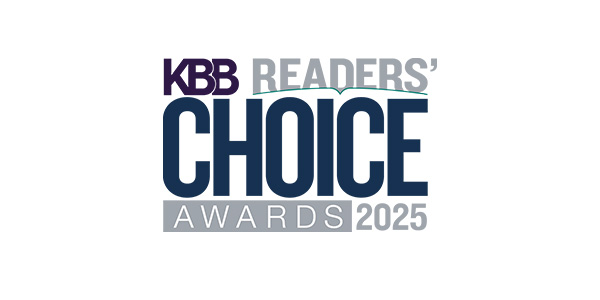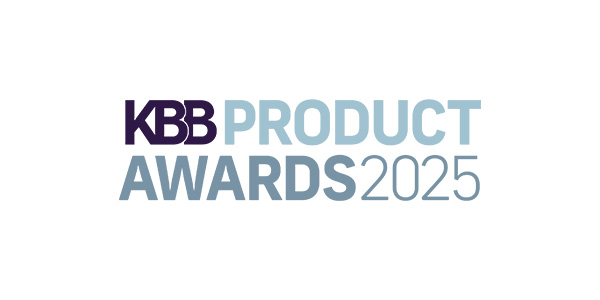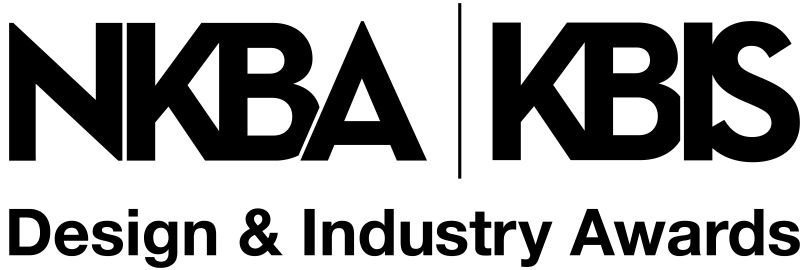The world of home technology can seem confusing and often overwhelming. You’ve got a great client with a nice project, but do they need home technology? Of course they do, although they might not know it. How do you begin to help them explore their home tech essentials? What questions should you ask? What unexpected issues are you likely to run into? And how do you even begin to specify and coordinate technology into their project? Finally, where do you turn for help, and who do you trust to do the work?
How to Kick Things Off
It starts with simply getting to the truth. If you ask your clients what they want or need, they often say “nothing” or that they don’t know. We all know that’s not true. Long before they ever met you, they’ve been dreaming about this project, planning every detail, researching the internet and talking to friends. Maybe it’s because they’re concerned about their budget. All homeowners assume they will have costs incurred outside of your scope or that they will deal with themselves “later.” This may include window treatments, furniture and decor and yes, home electronics.
The reality is, home technology essentials need to be planned into the project up front. The biggest mistake you can make is to ignore technology and adhere to the common consumer myth, “Can’t everything can be done wirelessly?” The simple answer is NO! Modern technologies almost all require an internet connection, and ALL technology products require power, so you have to plan for these devices one way or another. Working technology into your upfront design plan, client expectations and budget is more important now than ever.
Home tech essentials fall neatly into four distinct categories. We typically refer to the first as the “foundation,” which includes the wiring infrastructure, network/wifi, and power management (remember, everything needs power). Let’s briefly review the other three and what you need to know to help your client explore.
- “Home Security” includes the alarm system (burglar, fire/medical and life safety devices), camera surveillance and door locks. Does the client want to add cameras to the property at the front entry, garage drive or pool area to provide safety and security and deter intruders? If you’re moving a door or window or opening a wall, are you affecting an existing alarm contact, glass break or motion detector? Do you need to add any devices to the alarm system such as smoke or heat and carbon monoxide detectors that could be required by code, leak detectors or moisture sensors under sinks, toilets, washing machines, HVAC drain pans or those darn ice makers? How about adding an automatic water-shutoff valve to prevent damage in case of a leak? Finally, automatic door locks are an amazing addition to a home project. Your clients can manage access to the home via a simple keypad for family members, a cleaning person, nanny or sitter.
- Next is the “Environment.” This typically includes but is not limited to lighting fixtures and controls, motorized shades and drapes, climate controls and other related devices. Proper lighting creates an emotional connection to the space and defines the mood. Each space should include the appropriate recessed downlights and accent lights in conjunction with decorative fixtures we call “the jewelry of the house.” Lighting automation and controls combine to ensure beautiful “scenes” with the single press of a button in each space and also eliminate wall clutter, a modern design essential.
- Finally, “Home Entertainment” includes distributed whole-house music, television and media systems; private home theaters with immersive screens and enveloping multi-channel audio; and outdoor entertainment. The kitchen tends to be the central gathering place of the home, so don’t forget to add two to four speakers for music if that’s what your clients want. And while you’re at it, ask if they’d like you to add a speaker in the master shower.
Modern technology systems should be reliable, affordable, unobtrusive and simple to use. That’s where a home technology professional comes in to play. There are several great organizations that can help you select the right home technology professional with which to partner. Form a relationship with a CEDIA-certified integrator or a Home Technology Association professional who will be an asset on every project from initial consultation through implementation and completion. The right firm can help you qualify your clients and ultimately craft the appropriate solutions that fit the project, the space and the budget.
Helping your clients explore home technology is critical to the planning process. But remember, you don’t need to be the expert. There shouldn’t be anything standing in the way of upping your game as it relates to home technology. If you don’t pay attention, you just might be left wondering where all your new business went.
Jason Barth is principal and lead designer for The Premier Group, an Indianapolis-based high-end residential technology integrator. www.premier-group.com








